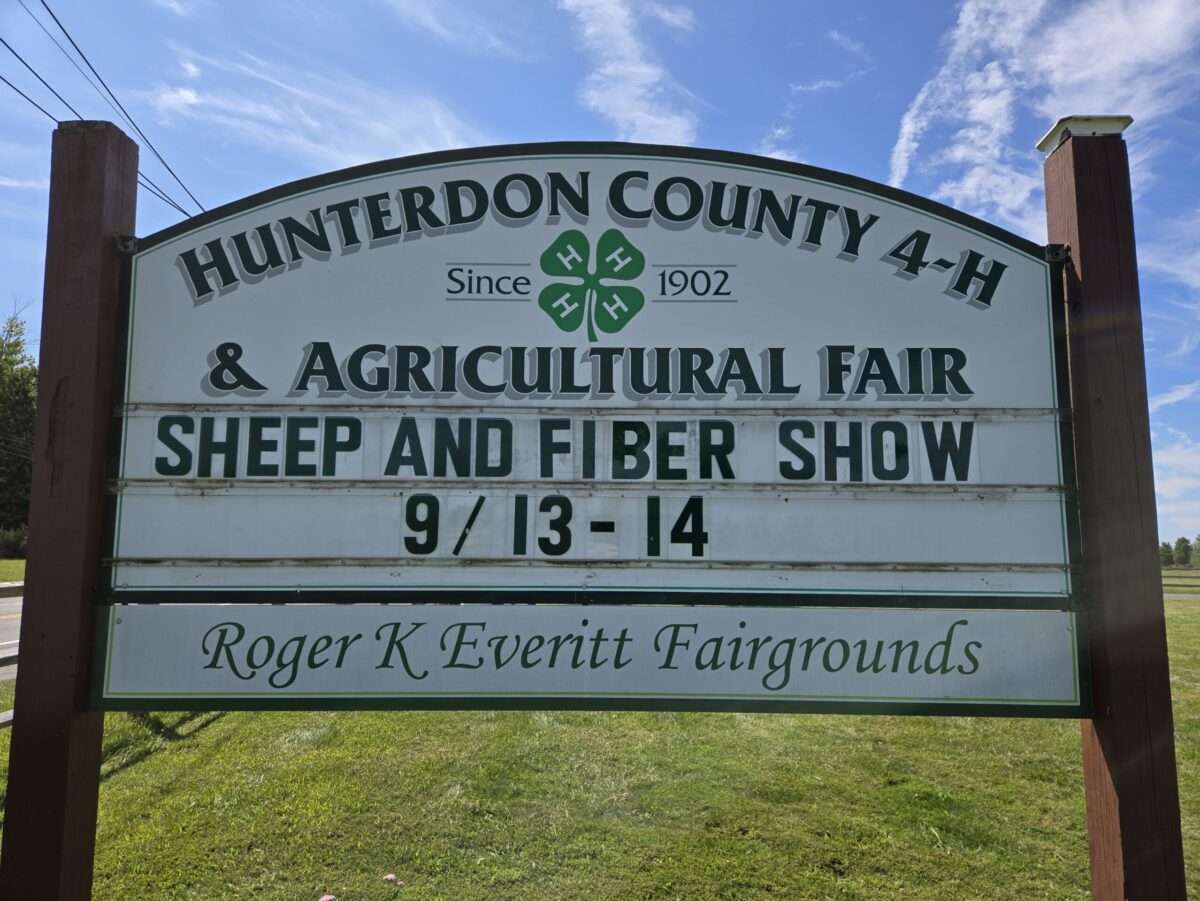From a 2022 Lancaster (PA) Farming article written by Chelsea Hill of the Penn State Extension Service comes this timely bit of information:
“Oh, Christmas tree, oh, Christmas tree, how lovely are thy branches.” One of the many wonderful traditions surrounding the holiday season this winter is the purchasing of a beautiful coniferous tree and decorating it with family for all to see.
But what, may you ask, do you do with a Christmas tree after the holidays are past? Unlike the Grinch, who may have taken the tree back, most families dispose of it in the regular trash, use it as part of their compost or, what seems to be growing in popularity in recent years, feed it as a treat to backyard livestock.
The positives of this new trend are that the trees can have a second life or purpose. They can provide varying levels of supplemental nutrition and may have anthelmintic properties due to high levels of naturally occurring tannins, predominantly found in the bark.
Unfortunately, there aren’t enough studies to verify exactly how high the levels of tannins after consumption would be, so it is merely a guess that a sheep or goat would consume enough to reap the benefits of a natural dewormer such as this.
The other variable that needs to be taken into consideration is that there are multiple species of Christmas trees available on today’s market: spruces (blue, white, Norway), firs (Douglas, balsam, Fraser, Canaan, noble, grand, concolor), pines (white, Virginia, Scotch), Leyland, Arizona and red cedar. For each species, there could be varying levels of nutritional benefits and anthelmintic properties or, in some cases, toxic properties.
Depending on the variety, coniferous trees could be poisonous when fed at high rates or even at low rates over a long period of time.
For example, ponderosa pine (Pinus ponderosa) needles contain isocupressic acid which, when fed to pregnant cattle in late pregnancy, can cause abortions, according to the USDA’s Agricultural Research Service.
Although ponderosa pine is not commonly found in Pennsylvania, there have been other coniferous species that have been found to have the same toxic acid, including Monterey cypress (Cupressus macrocarpa), lodgepole pine (P. contorta) and common juniper (Juniperus communis).
Another study from the USDA’s Agricultural Research Service titled “Pine needle toxicoses in cattle and goats” found that in a small case study of 24 mixed Spanish-breed goats, feeding varying levels of ponderosa pine needles, bark and needle tips did not cause abortions as hypothesized but was toxic in multiple groups of the study.
Are These Trees Right for Your Animals?
If feeding leftover Christmas trees is something you’re considering for your operation, remember that just like you wouldn’t randomly eat 10 pounds of chocolate because of the digestive upset sure to follow, the same could be said when feeding this coniferous treat to your stock. Only offer one tree at a time, and space them out so that your animals are only getting small amounts.
This is especially important for our ruminant species, as sudden changes in diet can lead to acidosis, bloat or worse if not monitored. Avoid feeding late-pregnancy dams to avoid the potential for abortion, especially when the variety of the tree is not known.
Make sure all trees taken in are clean and that the previous owners know where they were sourced. Some trees are sprayed with pesticides, preservatives or flame retardants before being sold to customers, and these trees should be avoided.
Remove all decorations that were previously on the tree, being careful to make sure each strand of tinsel is discarded and no leftover ornament hooks are on branches before feeding.
Always follow your intuition. If you’re ever unsure of the quality or source of a tree, it is better to use it for compost than potentially lose one of your animals.




